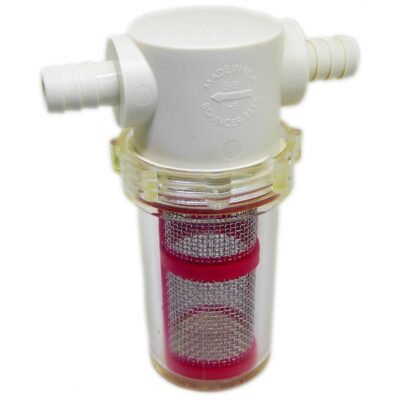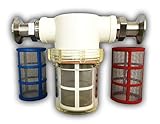
The Bouncer Inline Beer Filter – filter your beer at transfer + mini hop randall & Hands on Review
Bouncer Inline Beer Filter
More InfoHighlighted Features
- improves the taste and clarity of your beer by filtering trub, krausen, hops, and proteins
- built to last, use it over and over, custom molded from high quality thermoplastic and T304 stainless steel in the USA, use up to 150F
- saves time and beer, pays for itself in a few batches, get more beer out of each batch, easier and quicker than cold crashing or additives
- easy to use and clean, gravity fed using your racking siphon, no need to pressurize or pump, fewer parts to clean and sanitize, fits 3/8" inner diameter siphon tubing (standard size)
Brew clearer and better tasting beer, in less time, without waste or chemicals using the Bouncer Inline Beer Filter.
Bouncer inline beer filter (Classic) – affiliate link, note that multiple variations of this product may be available, as such a different version may appear at this link
Also: BouncerMD inline beer filter (Mac Daddy) – Hands on Review
This post contains affiliate links. We may make a commission when you use our Amazon links. This will never cost you extra. Thank you for supporting Homebrew Finds!
Price, promotions and availability can change quickly. Check the product page for current price, description and availability prod:B01JWO5RK2 rp:bounceramz














